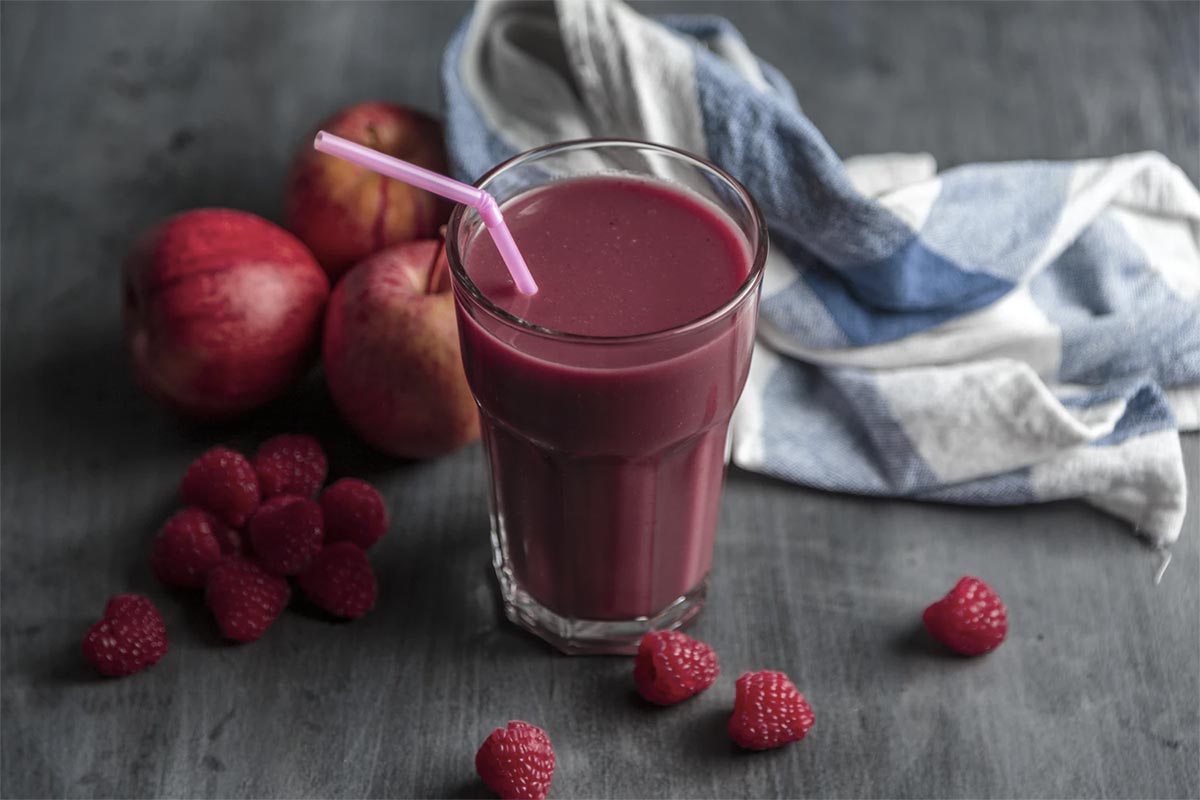Let’s talk about smoothies and the role they play in your stone formation and overall health.
Of course, there are many dietary reasons that we form kidney stones. Today, however, we’re going to narrow our focus to smoothies because they are a popular option for stone formers.
Smoothies and Kidney Stones.
I am not about to climb out onto a limb here and say, “drinking smoothies will cause kidney stones.” There are a million kinds of smoothies and so it’s much more about the type of smoothies you’re drinking and how often you’re drinking them that matter.
When I take a patient’s diet history, I often learn that smoothies have been incorporated into their daily regimen. Sometimes they’re eating them as a meal replacement two or three times per day.
The problem with this is not that it’s a smoothie, but what’s in the smoothie. Too many high oxalate ingredients like spinach, beets, raspberries, chocolate protein powders, peanut butter, almonds, cashew, and soy milk are being used. Because we think of these food items as “healthy”, we tend to use them in grand amounts. Just because something is labeled a “superfood” does not mean we should be eating as much as we can. In the kidney stone world, more is rarely better unless we’re talking about water intake!
Are Smoothies Good For Weight Loss?
My main focus is kidney stone prevention, but because obesity is a precursor for kidney stones, this too is always on my radar. Many of the patients I work with have decided to stop eating breakfast and lunch altogether and instead use smoothies as meal replacements. At first, they lose weight, but once they get back to their “regular” diet, they gain all the weight right back and then some.
I think the reason for this is that they never learned how to eat for health and use smoothies as a bandaid. Unfortunately, there is no bandaid for long term weight loss. This is my message day in and day out. We all know that quick fixes don’t work, yet we continue to fall for all the marketing gimmicks and sales.
Sometimes you are going to want a smoothie, and that’s totally fine. They’re delicious! Just be sure not to rely on them as everyday meal replacements.
Before you get mad at me, keep reading. I have a smoothie recipe below that is actually GOOD for you!
Smoothies and Sugar.
The average smoothie has anywhere between 45 and 60 grams of sugar. Way too much to be considered a healthy meal replacement or snack. You may think, “but Jill, it’s natural sugar, not added.” Yes, but it is still a lot of sugar to hit your bloodstream and will cause insulin spikes as there is little to no fiber left in the juice. Too much sugar in our diet leads to lower urine volume as well as spikes in our urine calcium. These factors increase your kidney stone risk.
Also, smoothies typically don’t leave us feeling full for very long, and so we end up overeating somewhere else during the day. Think about it this way—you would not eat four oranges or four apples at one sitting, but it is easy to take in that much fruit when drinking a smoothie because it doesn’t fill you up the same way.
What About Veggie Smoothies?
As mentioned above, this is where so many of us get into trouble. Too much spinach, too much almond milk, too many raspberries—it’s all just too much. Moving forward, when you do treat yourself to a smoothie, use other greens like kale instead of spinach and any of the Kidney Stone Diet-approved dairy and non-dairy milk, which I will list below.
When looking at a veggie smoothie recipe, take note of the amount of fruit to be added. Many of them contain far more fruit than veggies, which defeats the whole purpose. Often the veggie part of the recipe is just green enough to make you feel like you are eating something healthy. Same for grocery- and health food store-made juices. Check your label to find out how much sugar is in that bottle.
What IS a Healthy Kidney Stone Diet Smoothie?
Ok, let me redeem myself here. There’s nothing wrong with having a smoothie a few times a week. You can make it a healthier snack or quick breakfast add-on by doing the following:
Make the portion size around 6 ounces. Yes, Jamba juice portions start as 16 ounces for a small and go up to 28 ounces, but this is way too much. The sugar content of their very popular Mango-a-go-go ranges from 65-110grams and contains a whopping 300-500 calories. WOW! Still, we think of these as being just as healthy as the fruit they’re made from. Not the case! Portion, not perfection, definitely applies here.
Get your calcium. Smoothies are a good place to get some calcium. Use milk or lactose-free milk or any other non-dairy, calcium-fortified milk like pea, oat, flax, rice, or coconut as your base.
Use less fruit. Since I’m asking that you reduce the portion size, you’ll need less fruit. But still, pay attention to how much you’re adding to your drink.
My Favorite Smoothie.
-
1 cup of plain kefir.
½ cup of frozen banana. If you have diabetes, replace bananas with any other low oxalate, high fiber fruit like blueberries
Add a dash of cinnamon.
Add 3-4 ice cubes. I like ’em thick so leave the cubes out if you don’t.
The bottom line is you can absolutely enjoy a smoothie a few times a week. Watch the portion size and make sure you are eating a balanced day’s worth of food. Aim for less than 250 calories per smoothie and less than 20 grams of sugar. Do not add honey or other sweeteners, the fruit is sweet enough. The smoothie should not be a habitual meal replacement but a sweet treat here and there to add some enjoyment to your day.














Leave a Reply